Ever stood in the middle of an Indian street while the skies opened up with the force of a thousand bathtubs? That’s monsoon season for you – equal parts magical and maddening.
If you’re planning a trip to India during monsoon season, you’re either incredibly brave or wonderfully strategic – and I’m here to tell you which one you are.
The monsoon in India isn’t just rain. It’s a cultural phenomenon that transforms landscapes, dictates festivals, and completely rewrites the traveler’s rulebook from June through September.
But here’s what most travel sites won’t tell you: timing your visit within this wet window can be the difference between a bargain adventure and a waterlogged disaster. So when exactly should you pack those waterproof bags?
Understanding India’s Monsoon Season
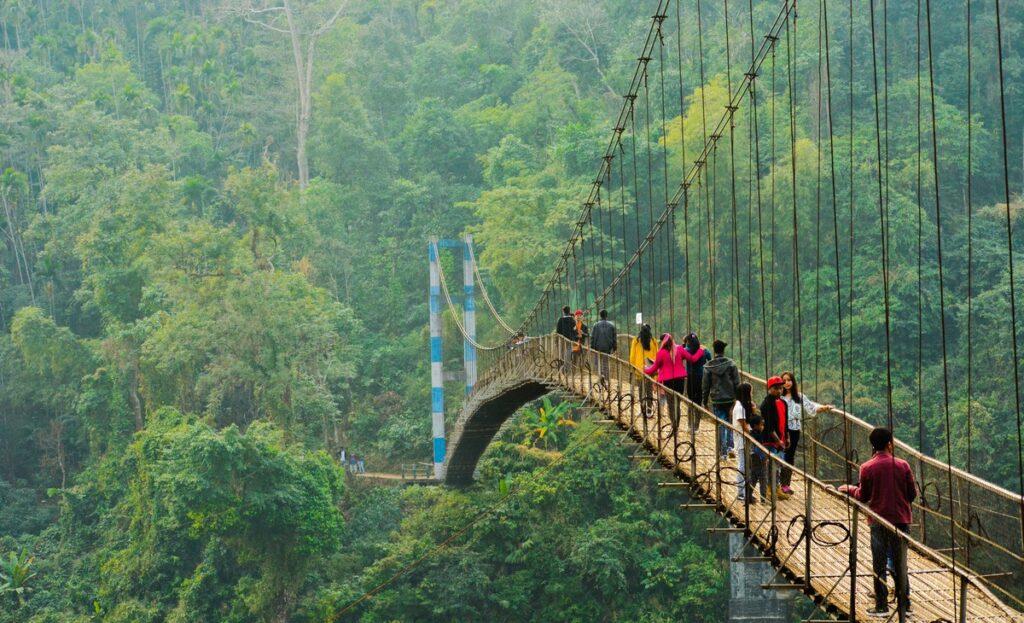
A. The geographical impact of monsoons across different regions
India’s monsoon isn’t a one-size-fits-all affair. The Western Ghats catch the first heavy downpours, with Kerala and coastal Karnataka transforming into green paradises overnight. Mumbai gets drenched in dramatic fashion, often bringing the bustling city to a temporary standstill.
Meanwhile, Rajasthan and Gujarat experience a more gentle touch from the monsoon gods. The desert landscapes bloom with unexpected life as sparse rainfall works its magic. Head east to West Bengal and Assam, and you’ll find yourself in one of the wettest regions, where umbrellas become permanent accessories.
The Deccan Plateau sits in what meteorologists call a “rain shadow” – getting significantly less rainfall than coastal areas. And up in the Himalayas? The mountains create their own weather patterns, with some areas receiving heavy downpours while others remain relatively dry.
B. Timing of monsoon season (June to September)
The monsoon’s dramatic entrance begins in Kerala around June 1st, then sweeps across the country like a slow-moving wave. By mid-June, most of South India is soaked. Come July, the monsoon conquers Central India, reaching Delhi by month’s end.
August brings peak rainfall across most regions. Rivers swell, waterfalls roar to life, and countryside turns impossibly green. By September, the monsoon starts its gradual retreat, beginning from northwestern regions and slowly backing away from the rest of the country.
Weather forecasters track this seasonal rhythm religiously, with the entire nation watching monsoon predictions like sports enthusiasts follow championship scores.
C. Historical significance of monsoons in Indian culture
The monsoon isn’t just weather in India – it’s woven into the cultural fabric of the nation. Ancient texts like the Rig Veda contain hymns dedicated to Indra, the rain god, showing how deeply rainfall has always mattered here.
Farmers have traditionally timed their agricultural cycles around monsoon patterns for thousands of years. Many Indian festivals coincide with monsoon arrival or key farming stages – like the boat races of Kerala or the swings of Teej celebrations.
Classical Indian music even has ragas specifically composed to evoke the mood of the rainy season. The monsoon also inspired countless poets, from Kalidasa’s Sanskrit verses to modern Hindi film songs that use rain as a powerful metaphor for romance and renewal.
The monsoon represents more than water – it symbolizes life, prosperity, and the eternal cycle of renewal that defines Indian philosophy.
For immersive culture walks in India, visit 5 senses walks.
D. How climate change is affecting monsoon patterns
The monsoon’s predictable dance is changing. Recent decades show more erratic patterns – some years bringing devastating floods, others disappointing droughts. Scientists have documented a troubling trend: fewer rainy days but more intense downpours when they do occur.
Rising global temperatures are altering the land-sea temperature differences that drive monsoon winds. Climate models predict India could face a 5-20% increase in monsoon rainfall intensity by century’s end, potentially leading to more catastrophic flooding events.
Parts of central India show declining rainfall trends while northeastern regions experience increasing precipitation – disrupting agricultural systems established over centuries. Farmers who once relied on traditional knowledge to predict planting times now struggle with unpredictable weather patterns.
Urban infrastructure designed for yesterday’s rainfall patterns can’t handle today’s intense cloudbursts. The future depends on how India adapts its water management, agricultural practices, and urban planning to this new, more volatile monsoon reality.
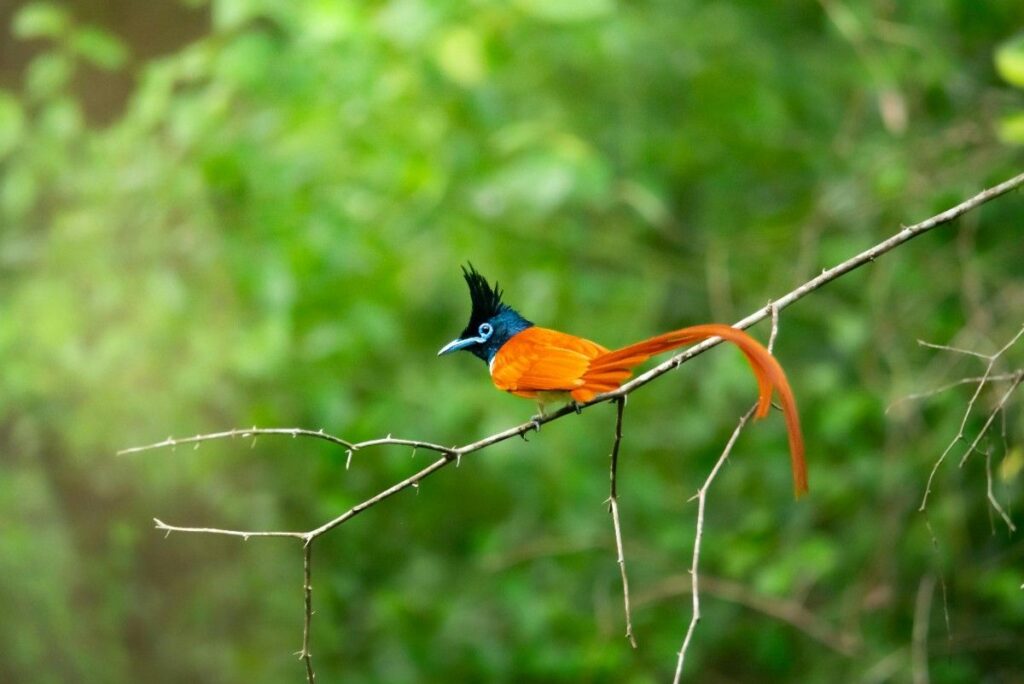
Best Times to Visit During Monsoon
Early monsoon period (June) – first showers and moderate rainfall
June marks the magical beginning of monsoon in India. The first rains break the summer heat, bringing a fresh earthy scent that locals call “petrichor.” This is perfect for travelers who want to experience the monsoon without dealing with extreme downpours.
During early monsoon, you’ll catch lush greenery starting to bloom while still enjoying plenty of sunny breaks between showers. The rainfall patterns are typically predictable – afternoon showers followed by clear evenings. Places like Kerala and Karnataka welcome the monsoon first, making them ideal June destinations.
Mid-monsoon experiences (July-August) – peak rainfall periods
July and August bring the real monsoon show. The rain intensifies, creating dramatic landscapes with gushing waterfalls and overflowing rivers.
These months aren’t for the faint-hearted traveler. Expect heavy downpours, occasional flooding in urban areas, and transportation delays. But for monsoon enthusiasts? Pure heaven. The Western Ghats transform into a waterfall paradise, and hill stations like Lonavala and Mahabaleshwar showcase nature at its rawest.
Late monsoon (September) – diminishing rains and emerging landscapes
By September, the monsoon starts bidding farewell. The rainfall becomes gentler and more sporadic, making this the sweet spot for many travelers.
This period offers the best of both worlds – verdant post-rain landscapes without the inconvenience of constant downpours. The countryside remains incredibly green, rivers flow steadily, and the skies clear up considerably.
Region-specific timing recommendations
The monsoon doesn’t hit all of India simultaneously:
- Southwest India: Kerala sees first rains by late May/early June
- Central India: Mid-June to September is peak monsoon
- Northeast India: Experiences earlier and longer monsoon (May-September)
- Rajasthan/Gujarat: Late arrival (July) with moderate rainfall
- Ladakh: Remains relatively dry even during monsoon months
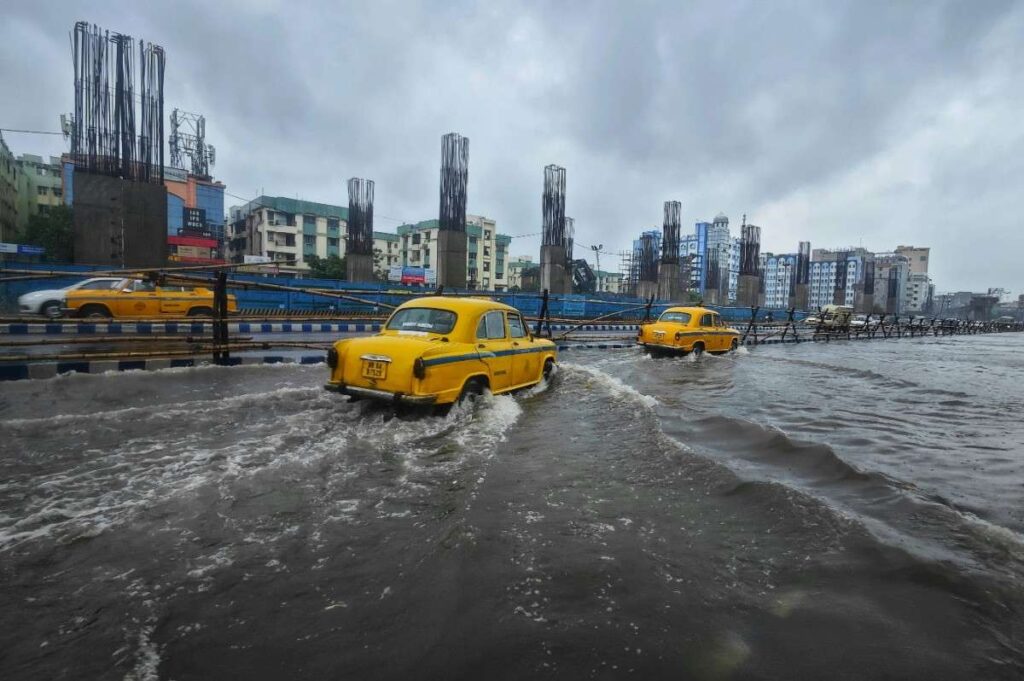
Regional Monsoon Experiences
A. Kerala and the spectacular arrival of the Southwest Monsoon
The monsoon makes its grand entrance to India through Kerala, and what a show it puts on! Around June 1st, dark clouds roll in over Kovalam Beach, bringing that distinctive earthy smell that only rain-soaked soil can produce. The locals celebrate Monsoon’s arrival with the Onathappan festival, honoring the life-giving rains that transform parched landscapes into lush paradises.
Want the ultimate Kerala monsoon experience? Book an Ayurvedic retreat. This ancient healing tradition believes monsoon is the perfect time for treatments when your body is most receptive to healing.
B. Goa’s transformation during the rainy season
Goa during monsoon? Absolutely! Gone are the crowded beaches and party scenes, replaced by a serene, budget-friendly paradise. The rain-washed shores of Anjuna and Vagator take on a moody, dramatic quality that photographers dream about.
Don’t miss the Sao Joao festival in June, where locals jump into overflowing wells to celebrate St. John the Baptist. The famous Dudhsagar Falls reaches its magnificent peak, thundering down with incredible force—though access depends on safety conditions.
C. The magic of Meghalaya – experiencing the wettest place on Earth
Cherrapunji and Mawsynram in Meghalaya battle yearly for the title of “wettest place on Earth,” receiving a staggering 467 inches of annual rainfall! The indigenous Khasi people have adapted brilliantly, creating living root bridges by training tree roots across streams—some over 500 years old.
The monsoon transforms Meghalaya’s landscape into a surreal dreamscape of mist-covered hills and roaring waterfalls. Visit the Mawsmai Caves with their incredible stalactite formations or witness the clouds literally rolling through valleys below you.
D. Western Ghats – lush landscapes and refreshed waterfalls
The Western Ghats explode with life during monsoon. Places like Coorg, Wayanad, and Lonavala showcase nature at its most vibrant. The mountains wear a carpet of emerald green, with waterfalls appearing seemingly out of nowhere.
The biodiversity comes alive too—frogs croaking in chorus, mushrooms popping up overnight, and rare wildflowers blooming briefly. Jog Falls in Karnataka transforms from a trickle to a thundering spectacle, dropping 830 feet in four distinct cascades.
E. Rajasthan and desert monsoons
Who’d think the desert state has its own monsoon magic? Rajasthan receives modest rainfall compared to coastal regions, but it’s enough to transform the arid landscape. The Aravalli Hills turn surprisingly green, and lakes like Pichola in Udaipur fill to the brim.
The rain brings relief from scorching temperatures, making it a surprisingly good time to explore palaces and forts without the crushing crowds or heat. Plus, there’s the unique spectacle of rain clouds gathering over desert dunes—a photographer’s dream contrast of dark skies and golden sands.
For exploring India on a Royal Enfield motorcycle visit 5 Senses Motorcycle Tours.
Practical Travel Tips for Monsoon Visitors
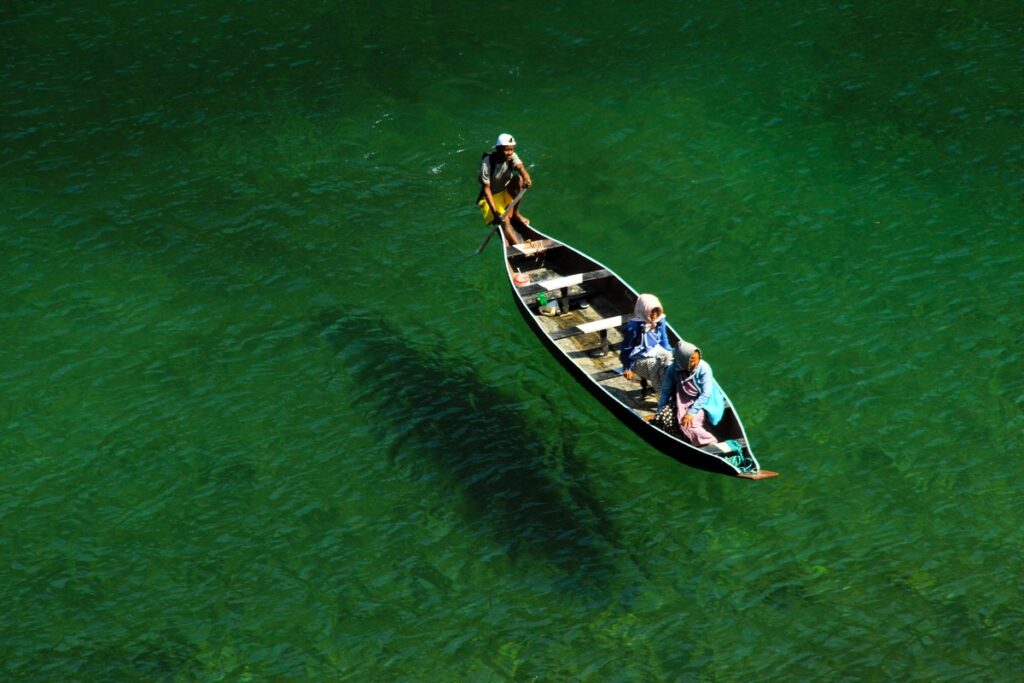
A. Essential packing list for monsoon travel
Traveling in India during monsoon means being ready for anything. Pack these must-haves and thank me later:
- Waterproof everything: Backpack cover, phone case, and a good quality rain jacket (not those flimsy ponchos that rip on day one)
- Quick-dry clothes: Cotton is your enemy during monsoon – pack synthetic fabrics that dry overnight
- Footwear: Waterproof sandals or shoes with good grip (those temple steps get slippery!)
- Ziplock bags: Keep your passport, phone, and cash bone-dry
- Insect repellent: Mosquitoes love monsoon season as much as tourists do
- Umbrella: Get a sturdy, compact one that won’t flip inside out with the first gust
- Electrolyte packets: Staying hydrated is crucial, especially if you get a stomach bug
B. Transportation challenges and solutions
Monsoon transforms Indian roads and railways faster than you can say “downpour.” Here’s how to deal:
Flights often face delays during heavy rain, so build buffer days into your itinerary. Train tracks sometimes flood in low-lying areas – keep your travel plans flexible.
Avoid riding motorcycles or scooters during heavy rain unless you’re experienced. Buses and cars aren’t immune either – traffic jams stretch for hours when streets flood.
Urban travelers, download ride-sharing apps before you arrive. They’re lifesavers when you’re standing soaked, trying to flag down an auto-rickshaw that’ll never stop.
C. Health precautions and safety measures
Monsoon brings incredible beauty and potential health risks. Smart travelers take these precautions:
- Drink only bottled or purified water (check seals carefully)
- Skip street food that’s been sitting out
- Pack basic meds: antidiarrheals, antihistamines, and pain relievers
- Wear good footwear to prevent slips and falls
- Avoid wading through flooded areas (they hide open manholes and debris)
- Keep your vaccinations current, especially for hepatitis A and typhoid
D. Photography tips for rainy conditions
Capturing monsoon magic requires preparation:
Keep a microfiber cloth handy to wipe your lens regularly. Condensation ruins shots quicker than rain itself.
Early mornings offer magical misty landscapes with fewer downpours. The light after rain creates perfect conditions for vibrant colors and reflections.
Try shooting through glass windows during heavy rain for interesting textures. Water droplets create natural frames for city scenes.
Protect your gear with a rain sleeve but don’t miss the action hiding under your umbrella. Some of the most memorable shots happen when you’re willing to get a little wet.
Monsoon-Specific Activities and Experiences
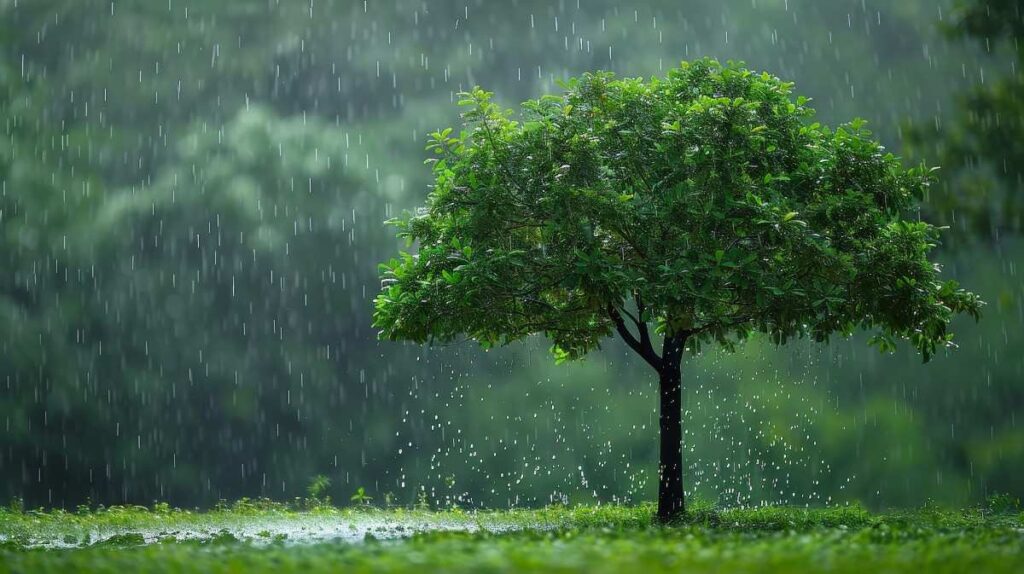
A. Ayurvedic treatments – the ideal monsoon healing
Monsoon is prime time for Ayurveda in India. Your body’s pores open up during the humid season, making it perfect for therapeutic treatments. Head to Kerala where traditional Ayurvedic centers offer specialized monsoon packages called “Karkidaka Chikitsa” – detoxification and rejuvenation rituals specifically designed for the rainy season.
The treatments during this time are more effective because your body absorbs the medicinal oils better. Try Abhyangam (full body massage) or Shirodhara (continuous oil flow on your forehead) for that ultimate relaxation vibe.
B. Trekking opportunities in post-rain landscapes
Nothing beats the lush green explosion that happens after the first rains. The Western Ghats transform completely – waterfalls roaring to life, valleys carpeted in emerald, and clean, crisp air that city folks dream about.
Valley of Flowers in Uttarakhand is a no-brainer during monsoon. This UNESCO World Heritage site blooms with hundreds of alpine flowers between July and September. For something less crowded, try the Malshej Ghat near Mumbai where the mist-covere
The monsoon in India is a transformative season that brings both challenges and unique opportunities for travelers. From the lush greenery of Kerala to the misty landscapes of the Western Ghats, each region offers distinct monsoon experiences worth exploring if properly prepared. Timing your visit strategically—whether to catch the early rains in June or the post-monsoon beauty in September—can dramatically enhance your travel experience while avoiding the peak downpours of July and August in most regions.
As you plan your monsoon adventure to India, remember to pack waterproof gear, remain flexible with your itinerary, and embrace the seasonal specialties like Ayurvedic treatments and monsoon festivals. The rains that define this season create not just spectacular waterfalls and rejuvenated landscapes, but a different side of India that many travelers never witness. Whether you’re photographing the rain-soaked monuments of the north or enjoying the dramatic coastlines of the west, India’s monsoon season rewards the prepared traveler with memories and experiences impossible to find at any other time of year.
For a blog on Indian festivals to experience, visit 7 must visit festivals of India.
Discover more from Great Holiday Ideas
Subscribe to get the latest posts sent to your email.